The recession and fragile recovery has had an impact on the running of most fleets.
However, for police fleets the same challenges remain: crime doesn’t decrease just because of the financial climate and the electorate is sensitive to cuts in police budgets.
But there have been accusations that forces could make more effort to be seen to be joining in with the austerity measures in other sectors. With it are suggestions that police forces should ditch premium brand cars in favour of alternatives from volume brands.
The Government’s Spending Challenge website, which allows anyone
to suggest changes in policy to help save cash, has a number of suggestions regarding police vehicles.
One suggests that the Metropolitan police should “get rid of BMWs”, adding: “I do not understand the need for these very fast, metallic silver cars to discharge policing duties in the capital.”
And another asks: “Why do the police need top-end BMWs to drive around in? Surely there are cheaper/better alternatives to these expensive cars.”
Although many of the comments seem ill-informed, the website shows a problem with public perception of police force buying decisions.
Graham Crow, transport manager of Northamptonshire police, was keen to point out that the equation was far more complex than considering only the price and resale value of vehicles.
“Police operate under a national procurement framework,” he said.
“All the cars are tested for electrical systems and brakes and we have a list for preferred prices for parts.”
It could be argued that the stronger residual values of premium brand cars would outweigh any benefit of saving money at the front end.
However, it’s a tricky area to make sense of, particularly as discounts for buying in volume potentially result in even more favourable deals.
Fleet News research shows that some volume equivalent cars that may be used as traffic vehicles could work out significantly cheaper for police forces. We compared the values of five-year-old cars now with 150,000 miles on the clock, valued at CAP average, compared with the new price.
We calculated the cost of fuel, based on the official combined fuel economy. We also looked at a range of new vehicles and presented their expected values according to CAP Monitor at five years/150,000 miles, as well as an anticipated fuel bill.
Crow said: “There’s much more to it than price of vehicle. You also have to look at the wholelife costs.
“The procurement framework also means cars are now supplied with a minimal level of additional equipment fitted as standard, but we also have to look at other areas such as how our equipment affects payload.”
Although high-performance police vehicles appear expensive, recent switches to powerful diesel versions instead of petrol models appear to be having a significant effect on helping police forces reduce costs.




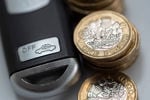
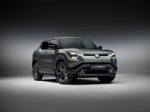







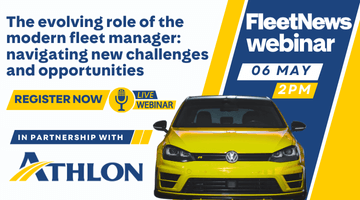
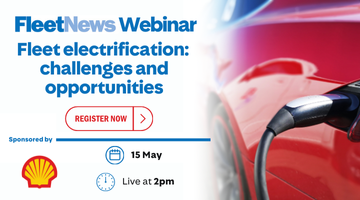
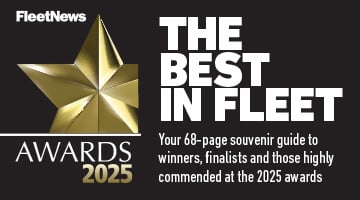

Login to comment
Comments
No comments have been made yet.